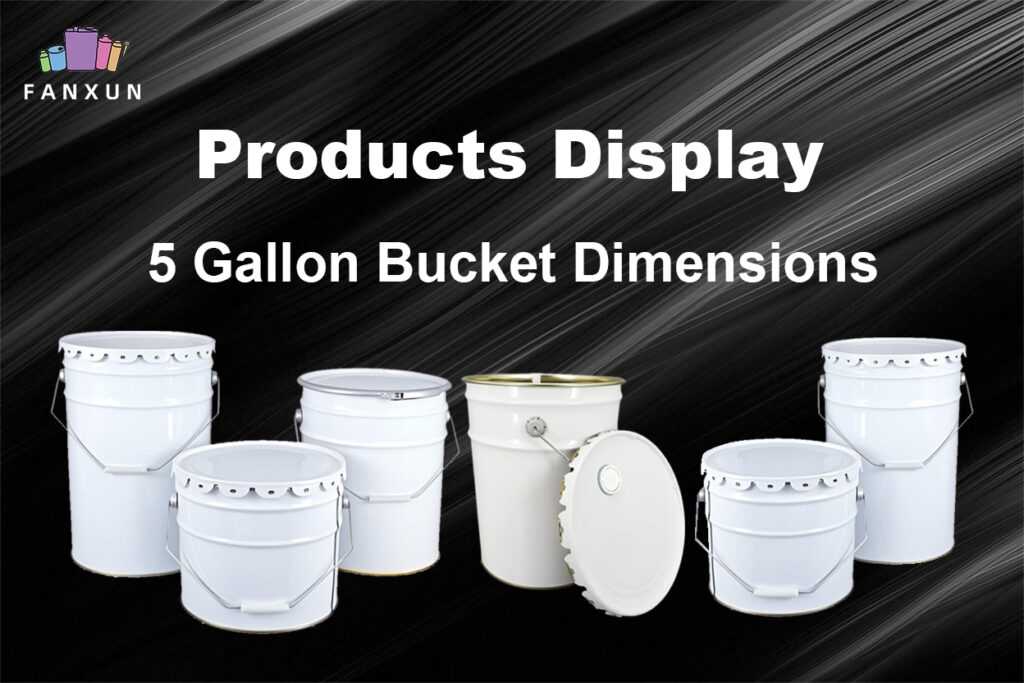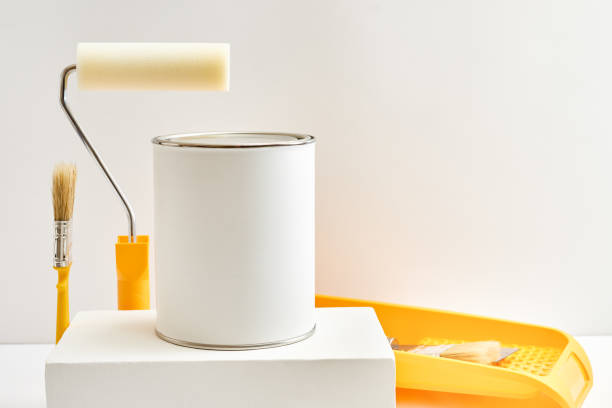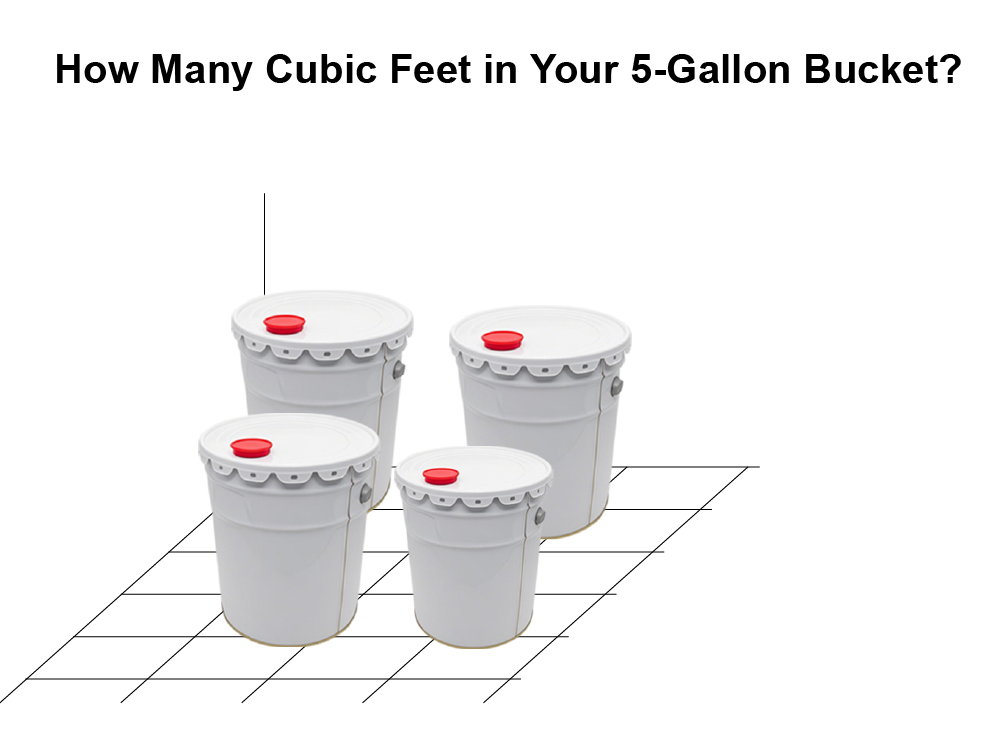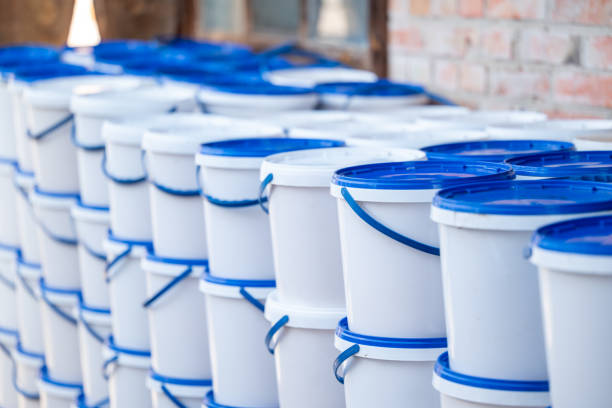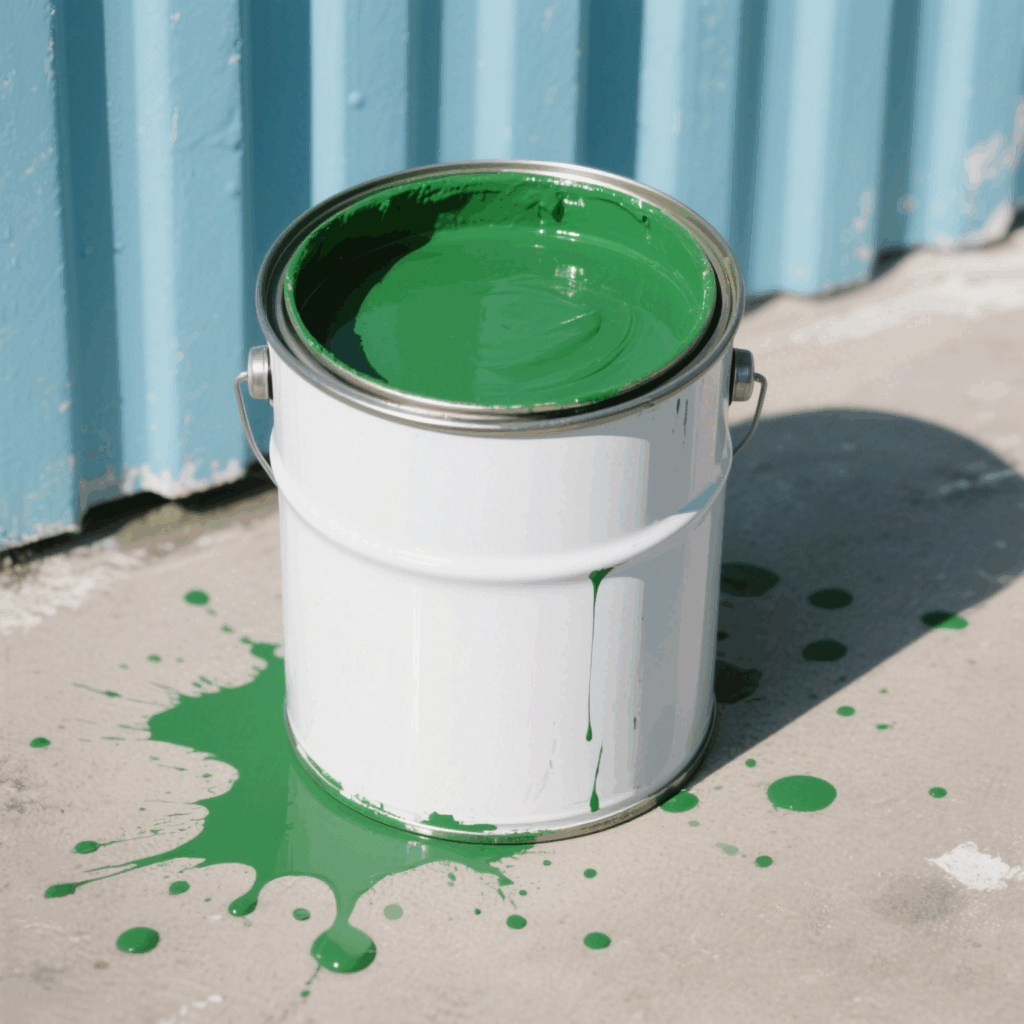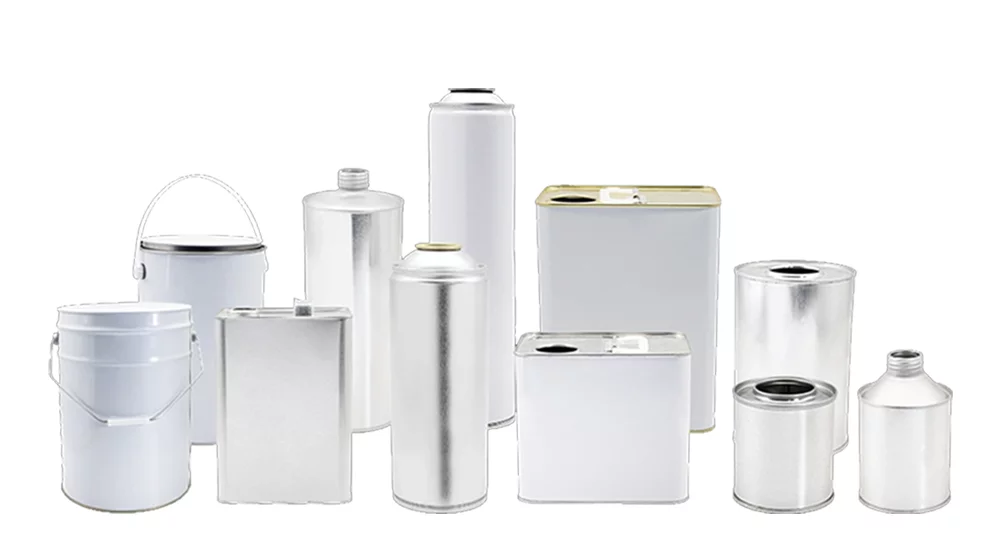Latas de aerossol são um pulverizador comum na vida cotidiana, usado para armazenar e pulverizar líquidos, e são amplamente utilizados em cuidados pessoais, produtos detergentes, produtos químicos e outros campos. As latas de aerossol proporcionam mais conveniência para nossas vidas. No entanto, Sua produção é um processo complexo e delicado. O processo de fabricação de latas de aerossol inclui principalmente a preparação de material, pulverizando a parede interna, design de aparência, montagem e teste, etc., que exige que os fabricantes controlem estritamente vários links para trazer produtos de alta qualidade aos usuários.
Seleção de material de latas de aerossol
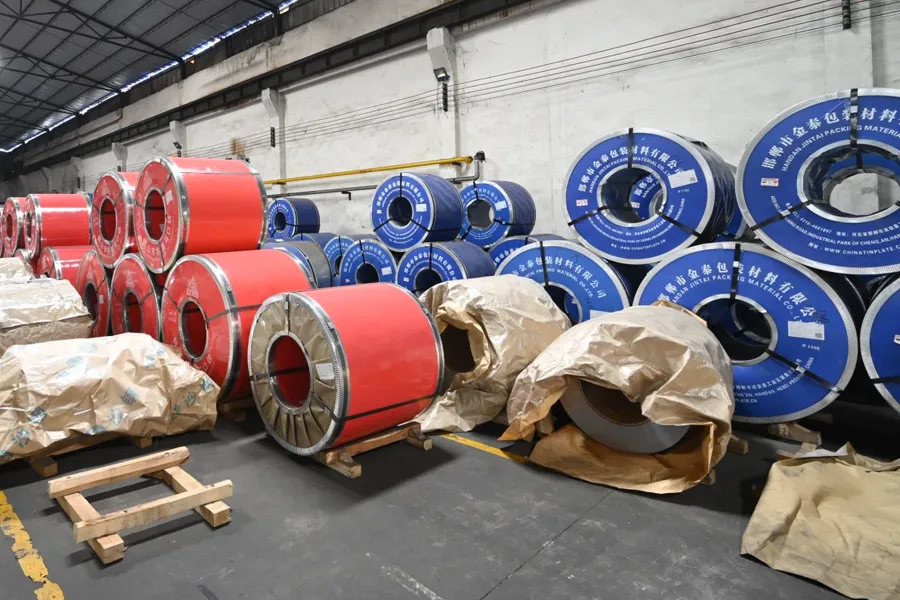
Primeiro, A produção de latas de aerossol requer a preparação dos materiais necessários. De um modo geral, Os principais componentes das latas de aerossol são o corpo da lata e o bico. O corpo da lata é geralmente feito de placa de lunada, alumínio, plástico e outros materiais, e o bico é feito de material plástico. Os fabricantes de aerossol podem decidir quais materiais usar e realizar inspeções estritas de qualidade com base no aerossol usado pelos usuários para garantir que os produtos acabados fabricados tenham um desempenho de boa qualidade e confiável
Aerossol pode projetar
O design de uma lata de aerossol não é apenas sobre sua aparência, mas também envolve funcionalidade, Segurança e experiência do usuário. Um excelente aerossol pode projetar deve atender aos requisitos de armazenamento e pulverização dos aerossóis, garantindo a segurança e a conveniência dos usuários. A seguir, algumas considerações importantes para o aerossol podem projetar
Tamanho do aerossol
O tamanho de um aerossol pode consistir principalmente em volume, altura e espessura da parede. Ao mesmo tempo, Seu design de tamanho será um dos principais fatores que afetam sua funcionalidade e experiência do usuário. Ao determinar o tamanho de um aerossol pode, as propriedades do aerossol, O cenário de uso, necessidades do usuário, e os requisitos de transporte e armazenamento devem ser considerados de forma abrangente.
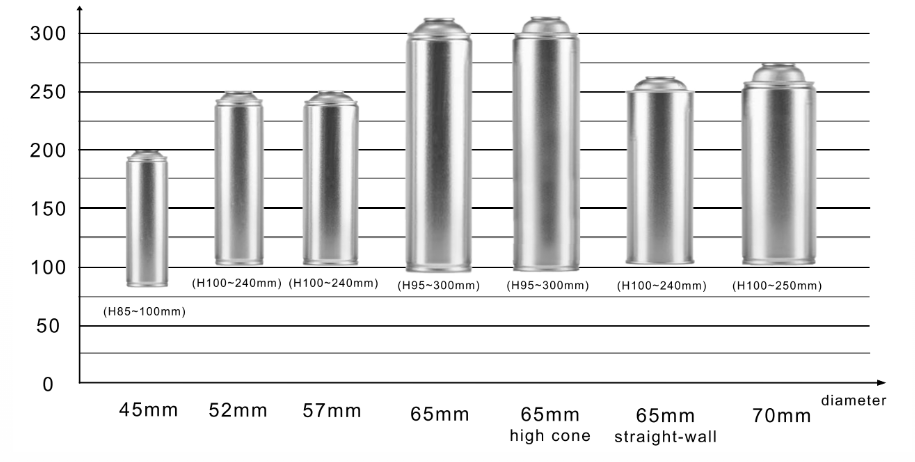
Aerossol lata de altura e diâmetro
A altura e o diâmetro de um aerossol podem afetar diretamente sua conveniência de manter e usar. Geralmente, A proporção de altura / diâmetro das latas de aerossol deve ser projetada para ser ergonômica, permitindo que os usuários mantenham e o operem facilmente. Latas de aerossol esbeltas são fáceis de segurar e pulverizar, enquanto projetos mais curtos e mais gordos podem ser adequados para produtos que requerem maior capacidade. Além disso, A altura e o diâmetro precisam levar em consideração a eficiência de transporte e armazenamento para garantir que o espaço possa ser salvo ao embalar e exibir.
Aerossol pode espessura da parede e força estrutural
A espessura da parede do aerossol pode ser forte o suficiente para suportar a pressão interna e evitar vazamentos ou ruptura. O design da espessura da parede não apenas afeta a segurança e a durabilidade do aerossol, mas também está diretamente relacionado ao seu peso e custo de fabricação. Sob a premissa de garantir força, Eles tentarão otimizar a espessura da parede para reduzir os custos de consumo e produção de materiais. Alumínio e estanho são materiais comumente usados para os fabricantes de latas de aerossol devido à sua boa resistência e resistência à corrosão, que são adequados para fabricar latas de aerossol de alta pressão.
A correspondência de aerossol pode bicos e válvulas
O design do tamanho do aerossol também pode considerar a correspondência do bico e da válvula. O design do bico e da válvula precisa ser adaptado ao tamanho da lata para garantir o efeito de pulverização e a experiência do usuário. Diferentes requisitos de pulverização de aerossol requerem tamanhos diferentes de bocais e combinações de válvulas. Portanto, Ao projetar o tamanho do tanque, Os fatores do bico e da válvula devem ser considerados para proporcionar aos usuários uma melhor experiência.
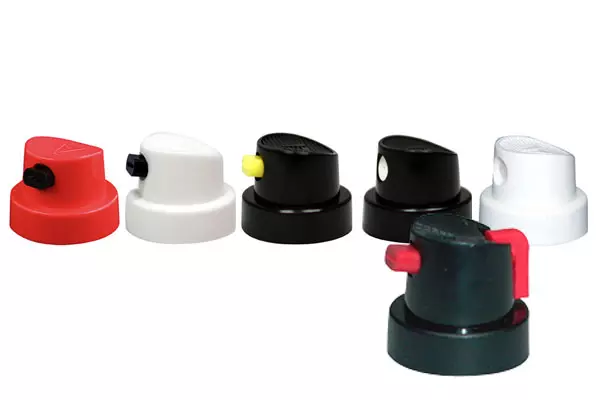
Aerossol pode moldar e embalar a impressão
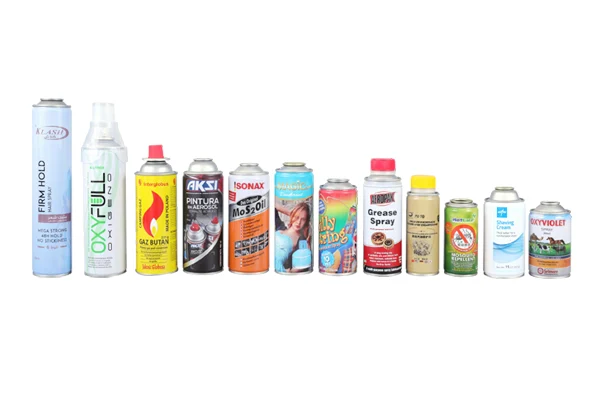
O aerossol pode moldar o design e a impressão de embalagens desempenham um papel vital na imagem geral e na competitividade do mercado de produtos de aerossol. De acordo com as características do produto dos comerciantes de aerossol, latas de aerossol de diferentes formas são fabricadas. Cilíndrico clássico, Held, Design simplificado e outras latas são comuns no mercado. Alguns comerciantes exigirão que os fabricantes imprimam em suas latas de aerossol. Designers combinam nomes de produtos, Listas de ingredientes, instruções para uso, Sinais de aviso e informações do fabricante com padrões requintados para expressar as características dos produtos de aerossol correspondentes e tornar os produtos mais atraentes no mercado.
Carimbo e alongamento
Quando o material e o design do aerossol podem ser determinados, O terceiro passo do processo de fabricação pode ser iniciado, que é carimbar a folha de metal na forma preliminar de lata. Isso geralmente é feito em uma prensa de alta pressão, e a folha é estampada em uma folha circular através de um dado. Posteriormente, A folha é esticada na forma e altura básicas da lata usando um processo de alongamento. Neste processo, É muito importante garantir que a espessura da parede da lata seja uniforme e a superfície seja lisa.
Soldagem e formação
Se a lata consiste em várias partes, Eles precisam ser conectados com soldagem. A soldagem de alta frequência é comumente usada na fabricação moderna de aerossol. Essa tecnologia pode conectar de maneira rápida e confiável as folhas de metal para formar uma lata sólida. Depois de se formar, o corpo da lata precisa de um corte adicional para garantir tamanho e forma precisos.
Tratamento de revestimento interno e externo
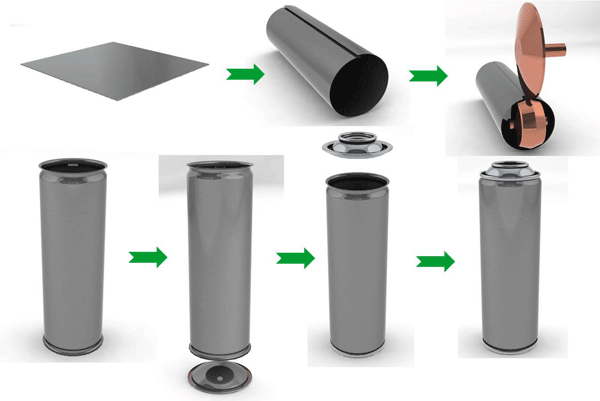
A superfície interna da lata de aerossol geralmente é revestida com um revestimento protetor. O principal objetivo é impedir que o aerossol reaja com o metal. O tratamento de revestimento geralmente é realizado em uma linha de pulverização automatizada para garantir que o revestimento seja uniforme e sem defeitos. A superfície externa é revestida decorativa e impressa, incluindo logotipos de marca, Instruções para uso e outras informações. Esses tratamentos externos não apenas aprimoram a estética do produto, mas também forneça proteção adicional.
Limpeza e teste
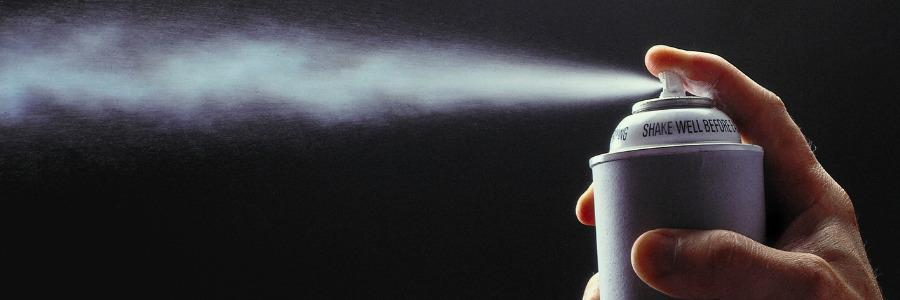
Depois de formar e revestir, O aerossol pode ser completamente limpo para remover qualquer óleo residual e impurezas. O processo de limpeza geralmente inclui múltiplas etapas de limpeza e secagem para garantir que o interior e fora do corpo da lata esteja completamente limpo. Então ele entra no link de inspeção de qualidade, que inclui espessura da parede, tamanho, Qualidade de soldagem e integridade de revestimento. A água também será adicionada para substituir o aerossol por teste de vedação e teste de efeito spray para garantir que cada um possa atender aos padrões de qualidade
Conclusão
O processo de fabricação de latas de aerossol é um processo complexo envolvendo vários procedimentos, Controle fino e inspeção estrita de qualidade. Por meio de tecnologia avançada de fabricação e equipamento automatizado, Os fabricantes podem produzir produtos de lata de aerossol de alta qualidade para atender à demanda do mercado e garantir a segurança e a satisfação do consumidor. Fanxun tem mais do que 20 Anos de experiência em produção de aerossol e possui várias linhas automatizadas de produção de aerossol para ajudá -lo a criar sua própria marca de produtos de aerossol















